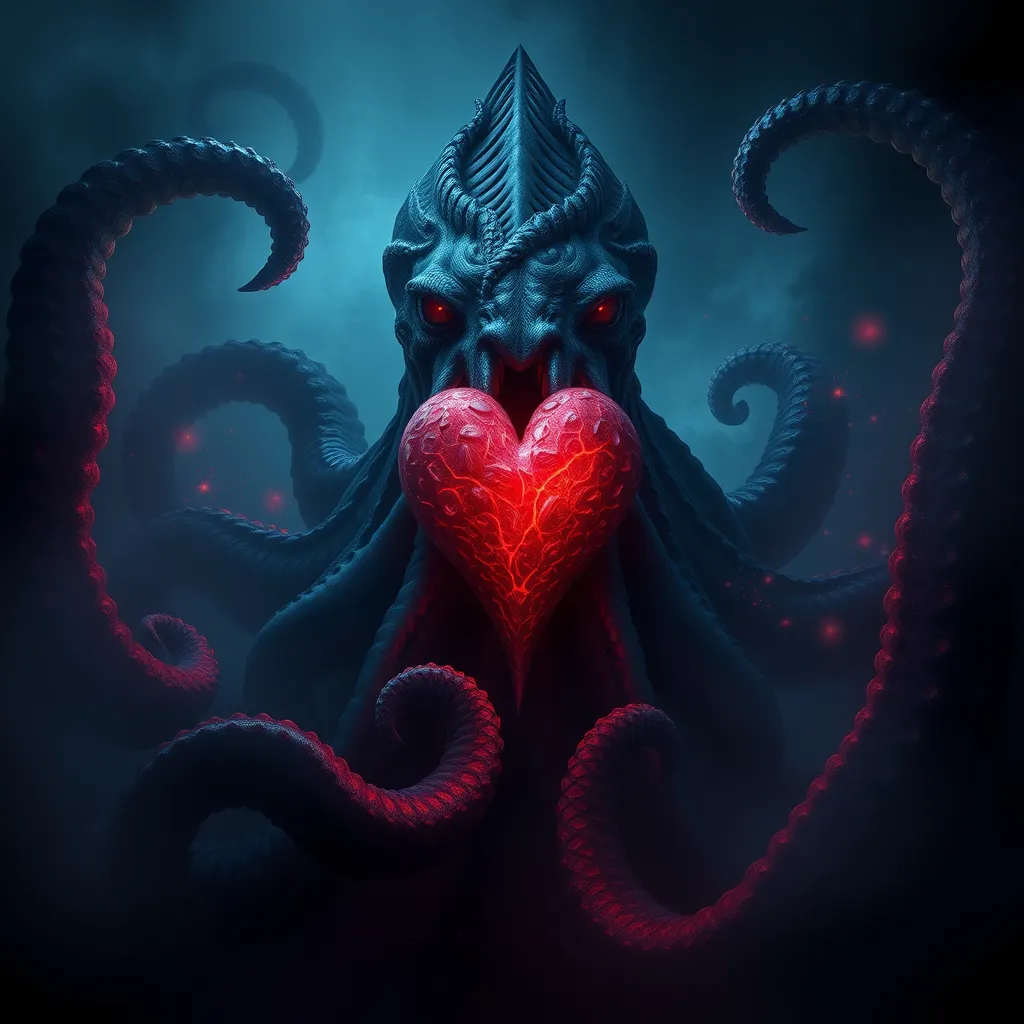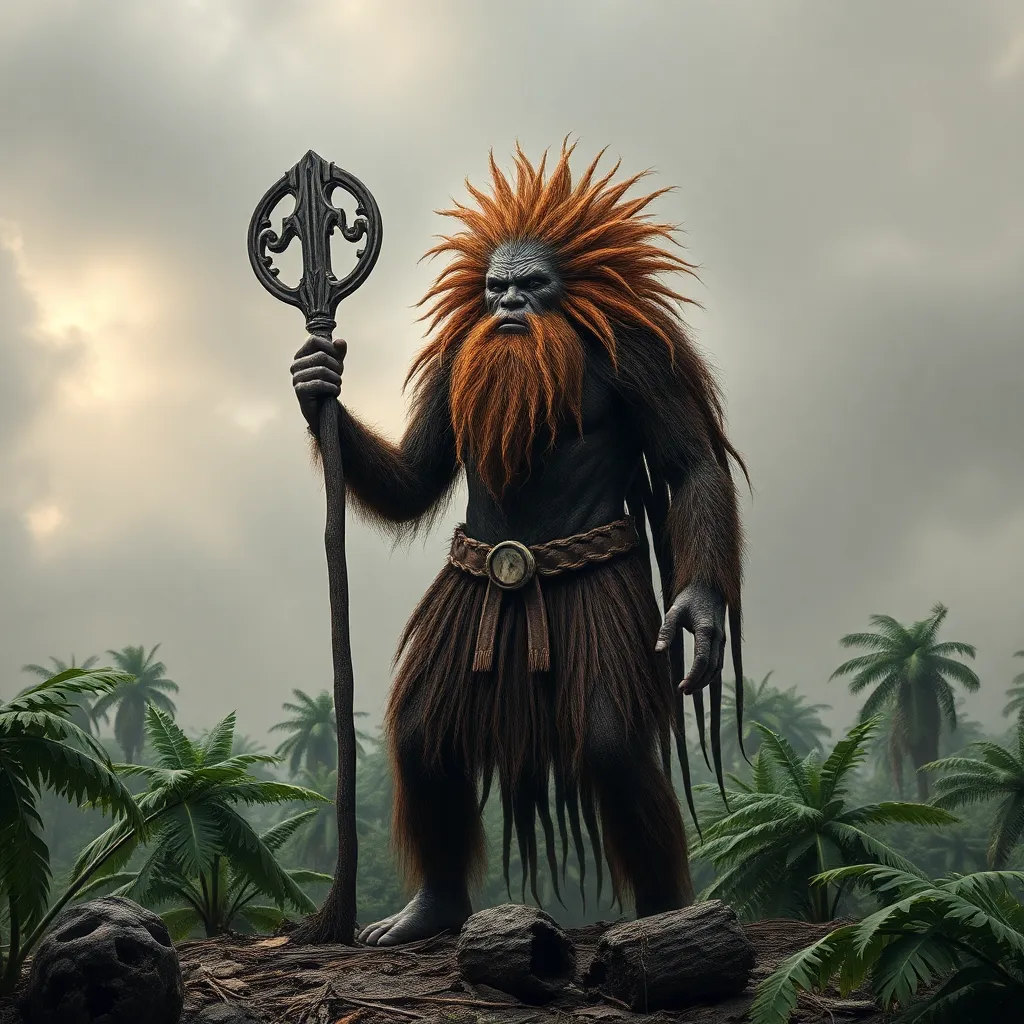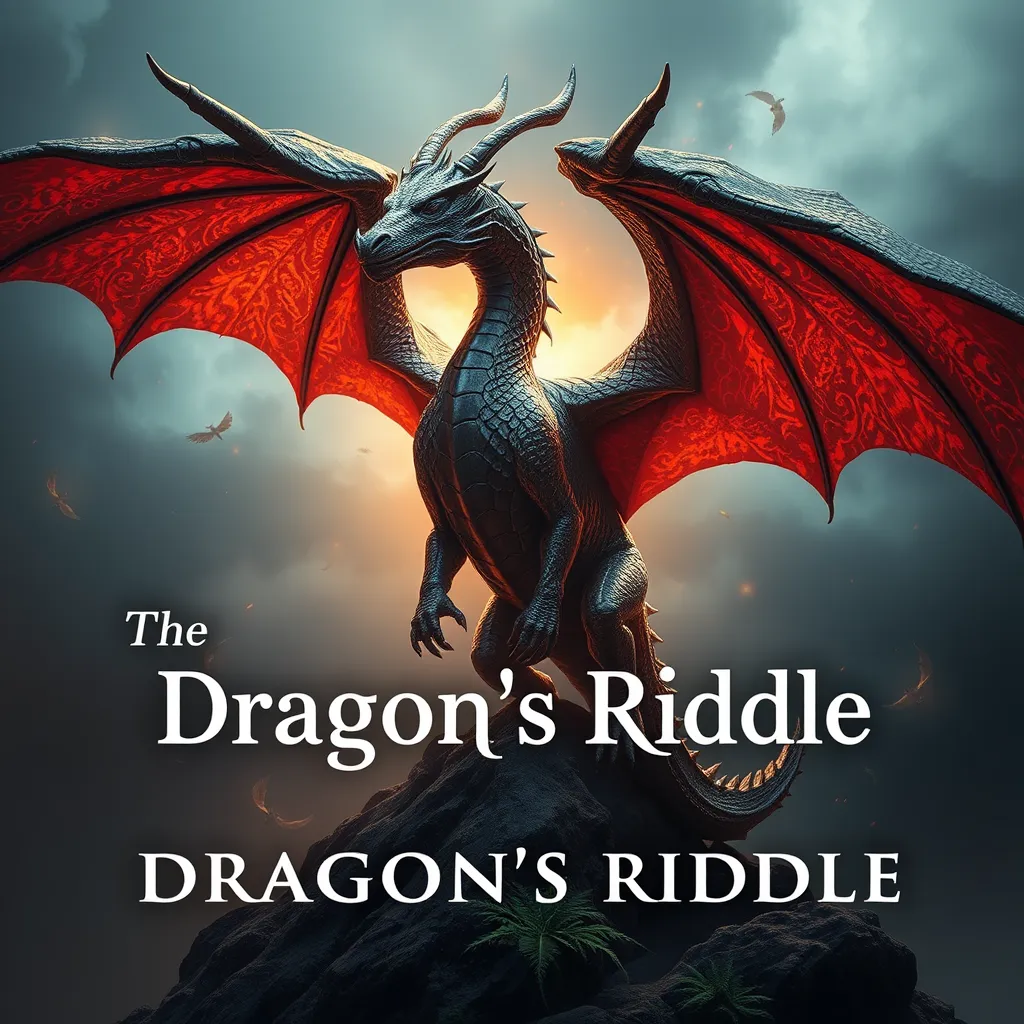The Kraken’s Heart: Understanding the Monster’s Emotions and Motivations
I. Introduction
The Kraken, a legendary sea monster, has captivated human imagination for centuries. Originating from Scandinavian folklore, this colossal creature is often depicted as a giant octopus or squid, lurking in the depths of the ocean, ready to drag entire ships into its watery abyss. The mythology surrounding the Kraken has evolved over time, leading to its portrayal in various forms of literature and media. This article aims to delve deeper into the emotional complexities and motivations of the Kraken, exploring what lies beneath its monstrous exterior.
II. The Kraken in Popular Culture
A. Historical depictions of the Kraken in folklore
In ancient tales, sailors spoke of the Kraken as a fearsome entity, often responsible for shipwrecks and disappearances at sea. These stories served to explain the dangers of ocean travel and the mysteries of the deep. The Kraken became synonymous with the fear of the unknown, embodying the trepidation that sailors felt when venturing into uncharted waters.
B. Modern interpretations in movies, games, and literature
In contemporary culture, the Kraken has been reimagined in various forms, from the monstrous antagonist in movies like “Pirates of the Caribbean” to a more nuanced character in video games and literature. Modern portrayals often emphasize its intelligence and emotional depth, transforming the Kraken from a mere monster into a complex being with motives and feelings.
C. The shift from monster to misunderstood creature
As stories have evolved, so too has the perception of the Kraken. It is increasingly viewed as a misunderstood creature, one that acts out of fear or necessity rather than pure malice. This shift reflects a broader trend in storytelling, where monsters are depicted with emotional depth and relatable motivations.
III. The Kraken as a Symbol
A. Representations of fear and the unknown
The Kraken represents humanity’s fear of the unknown and the uncontrollable forces of nature. Its vastness and power evoke a primal fear, reminding us of our vulnerability in the face of nature’s might.
B. The Kraken as a metaphor for nature’s wrath
In many ways, the Kraken symbolizes nature’s wrath against human exploitation. Just as the creature rises from the depths, so too does nature retaliate against those who disregard its boundaries.
C. Emotional symbolism: loneliness and isolation
On a more personal level, the Kraken can represent feelings of loneliness and isolation. It resides in the deep, far from the world above, mirroring the emotional struggles of those who feel disconnected or misunderstood.
IV. Anatomy of a Monster: The Kraken’s Emotions
A. Fear and anger: reactions to human encroachment
The Kraken’s fear and anger can be seen as reactions to human encroachment on its territory. When sailors invade its domain, the creature may respond aggressively, viewing them as threats to its existence.
B. Loneliness as a driving force behind its actions
Loneliness plays a significant role in the Kraken’s behavior. Isolated in the vast ocean, the Kraken may lash out not only out of anger but also out of a deep-seated desire for connection and understanding.
C. The complexity of vengeance vs. survival instincts
The motivations of the Kraken can be complex, torn between the instinct for survival and a desire for vengeance against those who harm it. This duality creates a rich emotional landscape that challenges the notion of the Kraken as simply a monster.
V. Motivations Behind the Kraken’s Behavior
A. Defense mechanisms and territoriality
The Kraken’s aggressive behavior can often be attributed to its defense mechanisms. As a territorial creature, it protects its home from perceived threats, using its formidable size and strength to ward off intruders.
B. The search for connection in a hostile world
Despite its fearsome reputation, the Kraken may also be searching for connection in an often hostile world. Its interactions with sailors can be seen as a desperate attempt to bridge the gap between its loneliness and the human world.
C. Interactions with sailors: aggression vs. curiosity
The encounters between the Kraken and sailors can be interpreted in various ways. While aggression may be a primary response, there is often an underlying curiosity. The Kraken, like many creatures, may be intrigued by the humans encroaching upon its territory.
VI. The Kraken’s Relationships with Other Creatures
A. Rivalries and alliances in the deep sea
Within the depths of the ocean, the Kraken is not without rivals and allies. Its interactions with other mythical sea creatures can range from hostile confrontations to unexpected alliances, highlighting the complexity of its social dynamics.
B. The role of the Kraken in the ecosystem
The Kraken plays a crucial role in the marine ecosystem, acting as both predator and prey. Its presence helps to maintain the balance of life in the ocean, further emphasizing its importance beyond just being a monster.
C. Emotional bonds with other mythical sea creatures
In various interpretations, the Kraken is shown to form emotional bonds with other mythical sea creatures. These relationships can reflect its desire for companionship and its struggle against isolation in the vast ocean.
VII. Bridging the Gap: Understanding the Kraken’s Perspective
A. Empathy for mythical creatures in storytelling
As audiences, developing empathy for mythical creatures like the Kraken opens new avenues for storytelling. Understanding their perspectives allows for richer narratives that resonate with our own emotional experiences.
B. The importance of perspective in interpreting actions
Recognizing the importance of perspective can change how we interpret the actions of the Kraken. Instead of viewing it solely as a monster, we can see it as a being shaped by its environment and experiences, leading to a more nuanced understanding.
C. How understanding the Kraken can reflect human emotions
By exploring the emotional landscape of the Kraken, we can reflect on our own feelings of fear, loneliness, and the desire for connection. The Kraken becomes a mirror for our own struggles, reminding us of the complexities of existence.
VIII. Conclusion
In conclusion, the Kraken embodies a rich emotional landscape that goes beyond its monstrous reputation. Recognizing the complexity of its emotions and motivations allows us to appreciate the depth of this mythical creature. By understanding the Kraken’s heart, we not only gain insight into its character but also reflect on our own emotions and the lessons learned from this misunderstood being. The Kraken teaches us that monsters can have depth, and that empathy can bridge even the widest of chasms.




